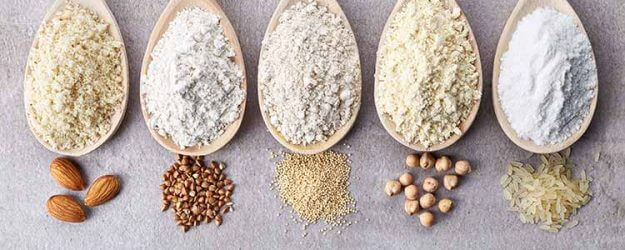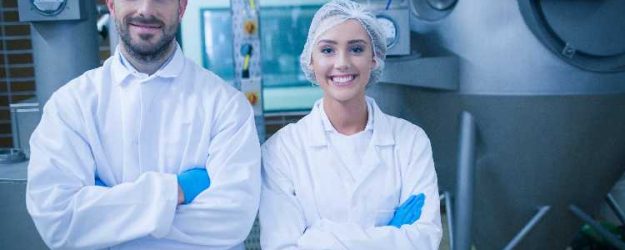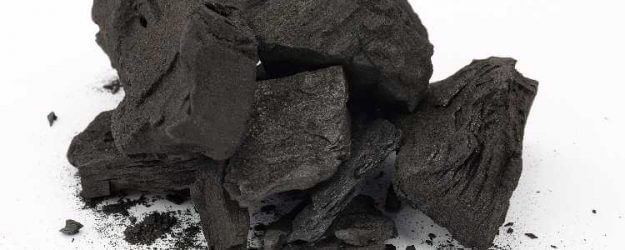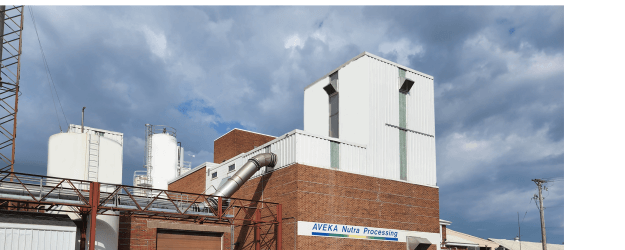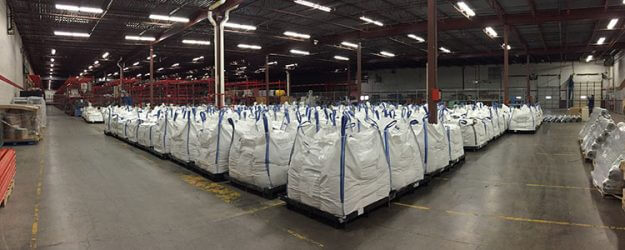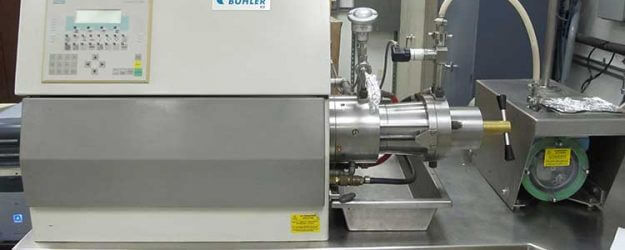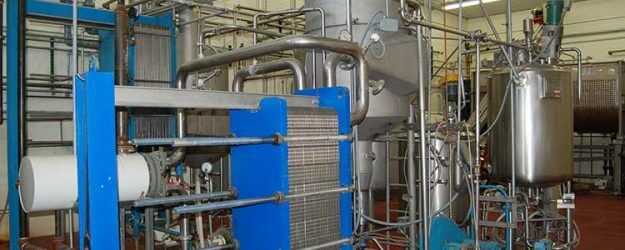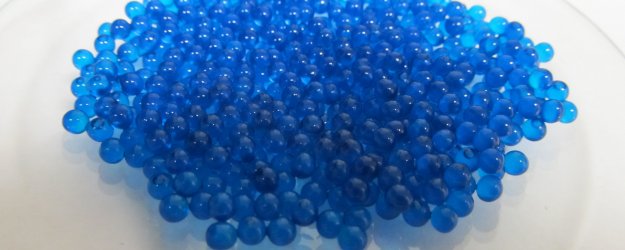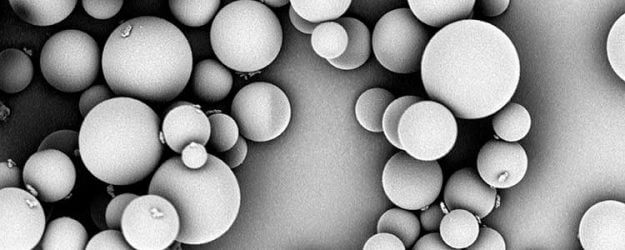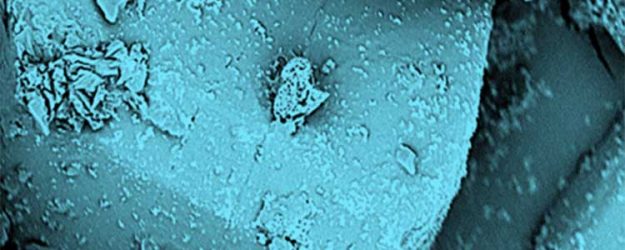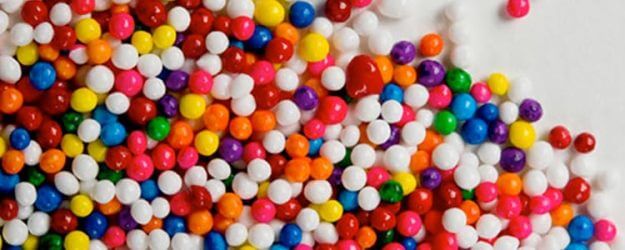AVEKA has the ability to scale food grade separation projects from pilot to production.
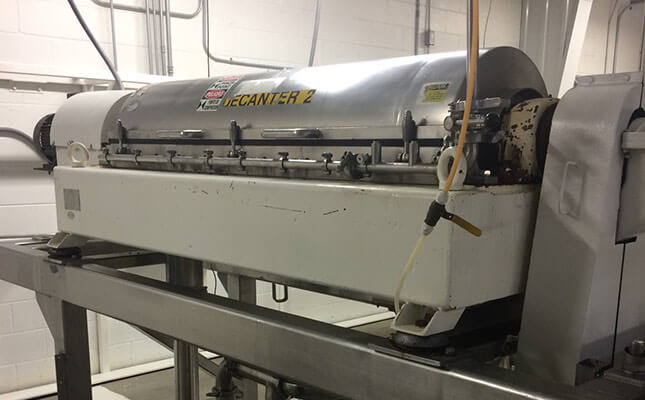
What is the Separation and Filtration Process?
Separation and filtration processing services are used to separate materials from a slurry based on size, density or molecular weight. There are several methods and processing setups for slurry filtration. AVEKA uses decanters, cross-flow ceramic membranes and spiral-wound membranes to conduct separation processing for food grade materials. A variety of membranes are available in-house, or we can procure specific membranes as needed.
A decanter is a horizontal, high-speed centrifuge that employs a high-rotational speed to separate components, clarify a liquid slurry or de-water insoluble materials. Centrifugal forces cause sedimentation of the solids and the internal auger conveys the solids out of the decanter, opposite the clarified liquid. Decanting is frequently used for separation of bulk solids or to pre-process liquids for membrane filtration.
Membrane filtration uses thin, porous sheets of materials to separate materials in a slurry with different particle sizes, densities and molecular weights. AVEKA has both ceramic and spiral-wound elements for cross-flow membrane filtration. Ceramic microfiltration elements with 0.8 and 1.4 µm pores are robust and can process high-temperature liquids with a pH of 2 to 14. Spiral-wound membranes use differential pressure and cross-flows to separate fine solids or soluble materials. AVEKA is capable of microfiltration (MF), ultrafiltration (UF), nanofiltration (NF) and reverse osmosis (RO). Membranes can be sized to remove turbidity, bacteria, dissolved organics or separate products based on molecular weight.
